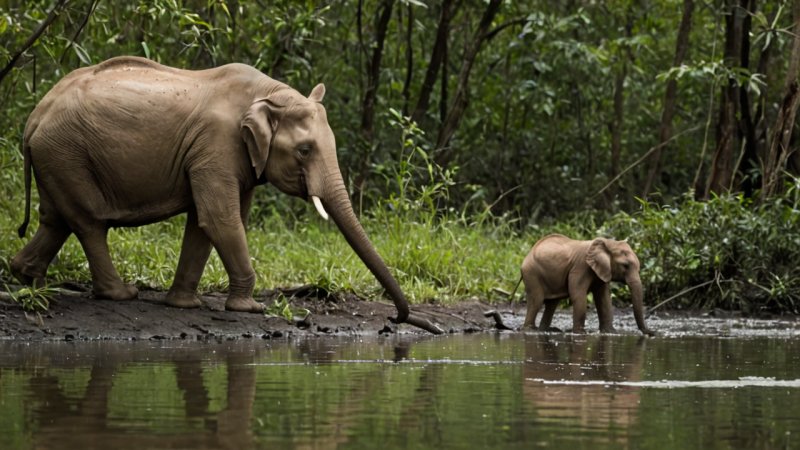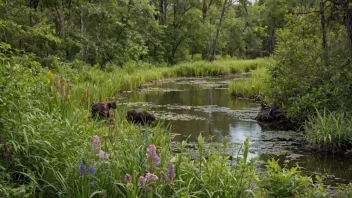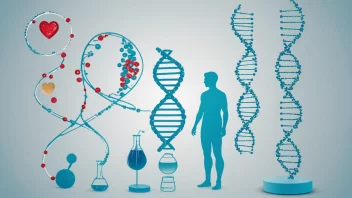The increasing presence of chemical pollutants in our environment poses a significant threat not only to human health but also to wildlife. As industrial activities, agricultural practices, and urban development continue to expand, the release of harmful substances into ecosystems has become a pressing concern. These pollutants, which include heavy metals, pesticides, and industrial chemicals, can disrupt the delicate balance of nature, leading to adverse effects on animal populations. Understanding the impact of these pollutants on wildlife is crucial for conservation efforts and for developing strategies to mitigate their harmful effects.
Understanding Chemical Pollutants
Chemical pollutants are substances that, when introduced into the environment, can cause harm to living organisms. They can originate from various sources, including industrial discharges, agricultural runoff, and urban waste. Common types of pollutants include:
- Heavy Metals: Elements such as lead, mercury, and cadmium can accumulate in the food chain, leading to toxic effects in wildlife.
- Pesticides: Chemicals used in agriculture to control pests can have detrimental effects on non-target species, including birds and aquatic life.
- Industrial Chemicals: Substances like polychlorinated biphenyls (PCBs) and dioxins can persist in the environment and bioaccumulate in animal tissues.
Impact on Wildlife Populations
The effects of chemical pollutants on wildlife can vary widely depending on the type of pollutant, the level of exposure, and the species affected. Some of the most notable impacts include:
1. Reproductive Issues
Chemical pollutants can disrupt endocrine systems in wildlife, leading to reproductive problems. For example, exposure to certain pesticides has been linked to decreased fertility rates and developmental abnormalities in amphibians and birds.
2. Behavioral Changes
Pollutants can also affect the behavior of wildlife. Studies have shown that exposure to heavy metals can impair cognitive functions in animals, making it difficult for them to find food or evade predators.
3. Population Declines
In some cases, the cumulative effects of pollution can lead to significant population declines. For instance, the decline of certain fish species in polluted waters can disrupt entire aquatic ecosystems, affecting not only the fish but also the birds and mammals that rely on them for food.
Case Studies of Affected Species
Several species have been studied extensively to understand the impacts of chemical pollutants:
1. Bald Eagles
Once on the brink of extinction, bald eagles have made a remarkable recovery in recent decades. However, they have been significantly affected by the presence of PCBs in their environment, leading to eggshell thinning and reduced hatching success.
2. Amphibians
Amphibians are particularly sensitive to environmental changes and pollutants. Studies have shown that exposure to agricultural runoff containing pesticides can lead to deformities and population declines in frog species.
3. Marine Life
Oceans are not immune to chemical pollutants. Marine mammals, such as dolphins and seals, have been found to have high levels of mercury in their tissues, leading to neurological issues and decreased reproductive success.
Mitigation and Conservation Efforts
Addressing the issue of chemical pollutants requires a multi-faceted approach. Conservation efforts can include:
- Regulation: Implementing stricter regulations on the use and disposal of harmful chemicals can reduce their release into the environment.
- Restoration Projects: Initiatives aimed at cleaning up contaminated habitats can help restore ecosystems and support wildlife recovery.
- Public Awareness: Educating the public about the impacts of pollution and promoting sustainable practices can lead to community-driven efforts to protect wildlife.
Future Directions in Research
As our understanding of chemical pollutants and their effects on wildlife continues to evolve, ongoing research is essential. Future studies should focus on:
- Longitudinal Studies: Monitoring wildlife populations over time to assess the long-term effects of chemical exposure.
- Innovative Solutions: Developing alternative pest control methods and biodegradable materials to minimize environmental impact.
- Interdisciplinary Approaches: Collaborating across fields such as ecology, toxicology, and public policy to create comprehensive strategies for wildlife conservation.
In conclusion, the effects of chemical pollutants on wildlife represent a significant challenge for modern conservation efforts. Understanding the various ways in which these pollutants impact animal populations is crucial for developing effective strategies to mitigate their harmful effects. By raising awareness, implementing regulations, and fostering research, we can work towards a healthier environment for both wildlife and humans.






